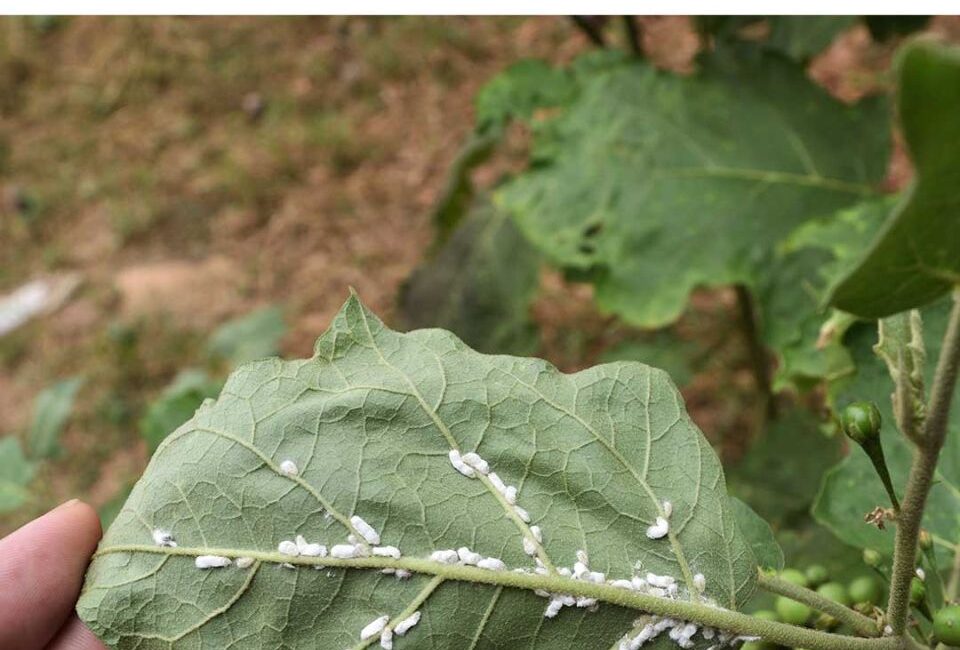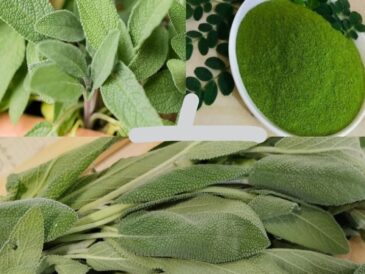Mealybugs are small, sap-sucking insects belonging to the family Pseudococcidae. They are infamous for infesting a wide variety of plants, both indoors and outdoors. These pests are covered in a white, powdery wax, making them easily recognizable. Mealybugs feed on plant juices, weakening the plant and causing leaves to yellow, wilt, or drop prematurely. In severe cases, they can stunt plant growth and even kill the plant. Additionally, mealybugs excrete a sticky substance called honeydew, which fosters the growth of sooty mold, further damaging the plant’s health and appearance. This comprehensive article explores mealybugs in detail, including their life cycle, how to identify them, and the most effective methods to control them.
Understanding the Life Cycle of Mealybugs
The life cycle of mealybugs consists of three main stages: the egg, nymph (or crawler), and adult. Female mealybugs lay hundreds of eggs in a cotton-like sac, usually on the undersides of leaves or in plant crevices. These eggs hatch into nymphs, also known as crawlers, which are mobile and spread to other parts of the plant. The nymphs go through several molts before reaching adulthood. The entire life cycle can take anywhere from a few weeks to several months, depending on environmental conditions.
Why Understanding the Life Cycle of Mealybugs is Crucial
Understanding this life cycle is crucial for effective control, as targeting the nymph stage is often the most successful strategy. It is during the nymph stage that mealybugs actively move from one plant to another, spreading the infestation. By focusing on the nymph stage early on, you can prevent the infestation from becoming unmanageable and stop the spread to other plants.
Identifying Signs of Mealybug Infestation
Early Signs of Infestation
Early detection of mealybug infestations is key to preventing serious damage to your plants. The signs of an infestation include:
- Cottony White Masses: Mealybugs form clusters of white, cotton-like wax on the undersides of leaves, stems, and in the leaf axils.
- Honeydew: You may notice a sticky, shiny residue on the plant or surrounding surfaces. This honeydew, excreted by the mealybugs, can attract ants and promote the growth of sooty mold.
- Signs of Plant Distress: Infested plants often show signs of stress, such as yellowing leaves, stunted growth, or wilting. These are indicators that mealybugs may be present.
Why Early Detection is Important
Catching an infestation early is vital because mealybugs reproduce rapidly. A small issue can quickly escalate into a larger problem if left unaddressed. Early detection gives you more control options and increases the likelihood of saving the plant. Regular inspection and immediate action at the first sign of an infestation are crucial to maintaining plant health and preventing the spread of mealybugs to other plants.
Methods for Controlling Mealybugs
There are several natural methods to control mealybugs effectively, allowing you to manage the infestation without harming your plants.
1. Neem Oil: An Effective Natural Pesticide
Neem oil is a natural pesticide that disrupts the life cycle of mealybugs. It contains azadirachtin, a compound that interferes with the feeding and reproduction of the pests. To use neem oil, mix it with water and a few drops of dish soap to help it adhere to the plant. Spray the solution on affected plants, making sure to cover all surfaces, including the undersides of the leaves. Repeat the application every 7-14 days until the infestation is under control.
2. Homemade Soap Spray
Click page 2 for more




